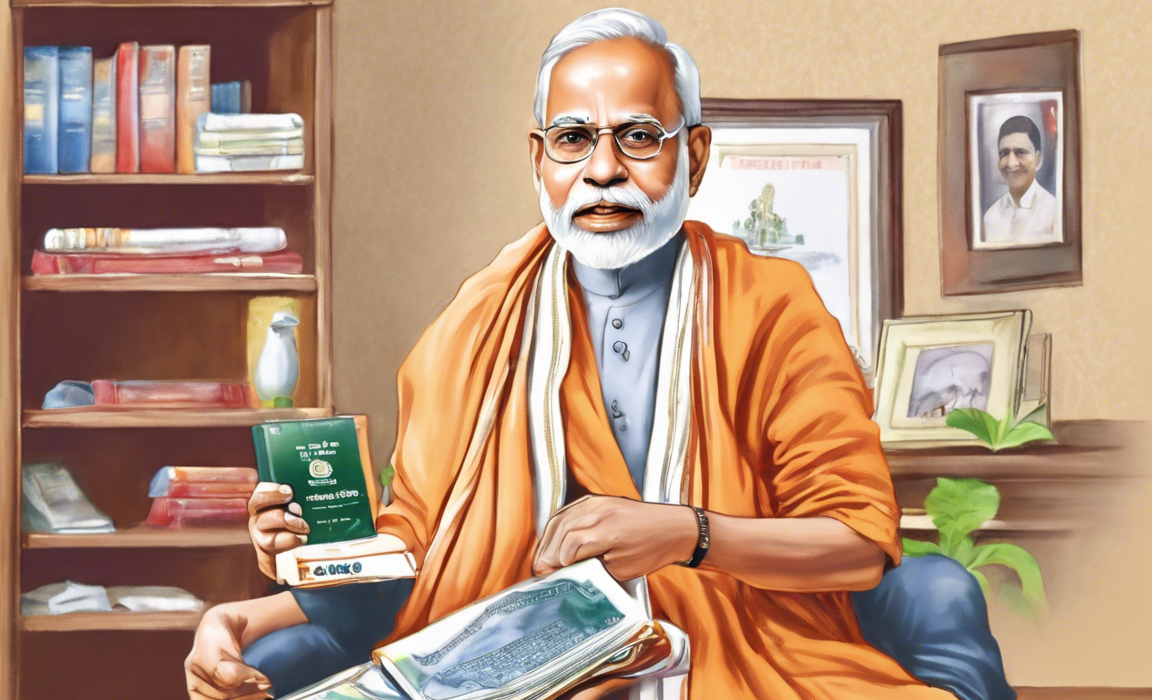The Pradhan Mantri Awas Yojana Gramin (PMAY-G) is a flagship initiative by the Government of India aimed at providing affordable housing to rural households. Launched in 2016, the scheme aims to provide ‘housing for all’ by 2022, particularly targeting those living below the poverty line in rural areas. Through PMAY-G, the government envisions transforming rural housing by providing pucca houses with basic amenities to eligible beneficiaries. Let’s delve deeper into how PMAY-G is bringing about a significant change in rural housing in India.
Current Scenario of Rural Housing in India
Rural housing in India has long been plagued by issues such as inadequate infrastructure, poor quality of dwellings, lack of access to sanitation facilities, and overcrowding. Many rural households live in kutcha houses made of materials like mud, thatch, bamboo, or plastic, which offer little protection against the elements and are prone to damage during natural disasters. The lack of durable housing not only affects the quality of life but also poses health and safety risks to residents.
Objectives of PMAY-G
The PMAY-G scheme has set ambitious goals to address these challenges and improve the living conditions of rural households. Some of the key objectives of PMAY-G include:
- Providing financial assistance to rural households for the construction of pucca houses
- Promoting sustainable and affordable housing for all
- Ensuring the use of environmentally friendly and disaster-resistant technologies in construction
- Enhancing livelihood opportunities through the construction of houses
- Empowering women by ensuring the title of the house is in the name of the female head of the household or jointly with the male head
Key Features of PMAY-G
PMAY-G encompasses several key features that make it a comprehensive scheme for rural housing transformation:
-
Beneficiary-led construction: Under PMAY-G, the beneficiary is at the center of the construction process, allowing them to build their homes according to their preferences and needs.
-
Financial assistance: Eligible beneficiaries receive financial assistance from the government for the construction of pucca houses. The amount is directly transferred to the bank account of the beneficiary in a phased manner.
-
Selection of beneficiaries: The selection of beneficiaries is done through a transparent process using the Socio-Economic and Caste Census (SECC) data. Preference is given to households with no pucca house, households with disabled members, and senior citizens.
-
Technical support: PMAY-G provides technical support to beneficiaries to ensure the use of proper construction techniques and materials, as well as to promote the adoption of disaster-resistant technologies.
-
Convergence with other schemes: The scheme is aligned with other government initiatives such as Swachh Bharat Mission, Jan Dhan Yojana, and Ujjwala Yojana to ensure the holistic development of rural households.
Progress and Achievements
Since its inception, PMAY-G has made significant strides in transforming rural housing in India. As of [latest data], [number] of houses have been constructed under the scheme, benefiting millions of rural households. The scheme has not only provided safe and secure housing but has also contributed to the economic empowerment of beneficiaries.
Challenges and the Way Forward
While PMAY-G has been successful in addressing the housing needs of rural households, challenges such as implementation delays, quality control, and monitoring persist. To overcome these challenges and further enhance the impact of the scheme, several measures can be taken:
- Strengthening monitoring mechanisms to ensure timely and quality construction of houses.
- Providing training to beneficiaries on sustainable construction practices.
- Promoting the use of innovative technologies for cost-effective and durable housing solutions.
- Increasing awareness about the scheme among eligible beneficiaries in remote areas.
- Enhancing coordination between various stakeholders to streamline the implementation process.
FAQs (Frequently Asked Questions)
- Who is eligible to apply for PMAY-G benefits?
-
Rural households without pucca houses, households with disabled members, and senior citizens are eligible to apply for PMAY-G benefits.
-
How can I apply for PMAY-G assistance?
-
Eligible beneficiaries can apply for PMAY-G assistance through the official website or by visiting the nearest Common Service Center (CSC).
-
Is there a subsidy available for PMAY-G beneficiaries?
-
Yes, PMAY-G provides a subsidy on the interest for home loans availed for the construction or enhancement of houses.
-
What is the role of the Gram Panchayat in PMAY-G implementation?
-
The Gram Panchayat plays a crucial role in the identification of beneficiaries, verification of the construction, and monitoring of the progress under PMAY-G.
-
Can I avail of PMAY-G benefits if I already own a house in an urban area?
- No, PMAY-G is specifically for rural households without pucca houses. If you already own a house in an urban area, you are not eligible for PMAY-G benefits.
In conclusion, PMAY-G has emerged as a transformative scheme that is reshaping rural housing in India. By providing affordable and sustainable housing solutions to rural households, the scheme is not only improving the living standards but also contributing to the overall development of rural areas. With continued focus on efficient implementation and leveraging innovative technologies, PMAY-G has the potential to bring about a significant positive impact on the lives of millions of rural Indians.

